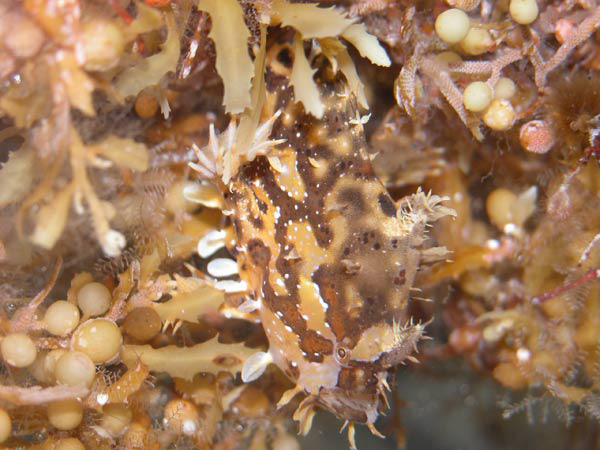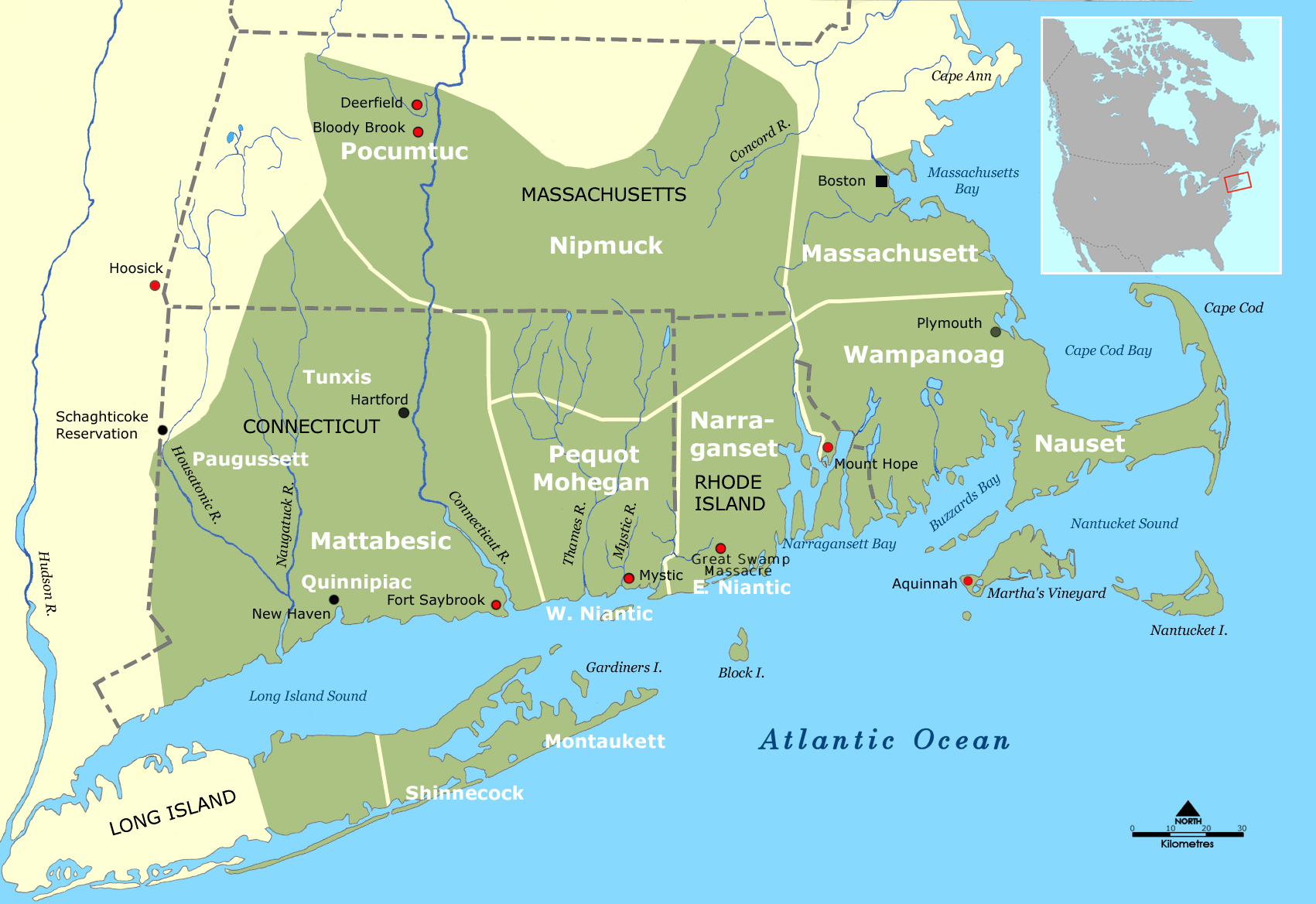|
Toothed Seadevil
''Neoceratias spinifer'', the toothed seadevil, pincushion seadevil, spiny seadevil or netbeard seadevil, is a rarely seen deep-sea anglerfish found in the mesopelagic and bathypelagic zones in Oceans around the World. It is the only species in the family Neoceratidae, and is unique amongst the deep-sea anglerfish in lacking both the illicium and esca (the "fishing rod" and "lure"), and in having large teeth placed on the outside of its jaws.Pietsch, Theodore W. (2005)Neoceratias spinifer. Needlebeard Seadevils.Version 6 November 2005 (under construction)Tree of Life Web Project Taxonomy The toothed seadevil was first formally described in 1914 by the German zoologist Paul Pappenheim with the type locality given as the South Atlantic around north of Saint Helena at 12°11'S, 6°16'W from a depth between . When Pappenheim described this species he classified it in the new monospecific genus ''Neoceratias''. In 1926 Charles Tate Regan created the monotypic family Neoceratiida ... [...More Info...] [...Related Items...] OR: [Wikipedia] [Google] [Baidu] |
Charles Tate Regan
Charles Tate Regan (1 February 1878 – 12 January 1943) was a British ichthyology, ichthyologist, working mainly around the beginning of the 20th century. He did extensive work on fish classification schemes. Born in Sherborne, Dorset, he was educated at Derby School and Queens' College, Cambridge and in 1901 joined the staff of the Natural History Museum, London, Natural History Museum, where he became Keeper of Zoology, and later director of the entire museum, in which role he served from 1927 to 1938. Regan was elected Fellow of the Royal Society in 1917. Regan mentored a number of scientists, among them Ethelwynn Trewavas, who continued his work at the British Natural History Museum. Taxon described by him *See :Taxa named by Charles Tate Regan Among the species he described is the Siamese fighting fish (''Betta splendens''). In turn, a number of fish species have been named ''regani'' in his honour: Taxon named in his honor *A Thorny Catfish ''Anadoras regani'' (Stein ... [...More Info...] [...Related Items...] OR: [Wikipedia] [Google] [Baidu] |
Lophiiformes
The anglerfish are ray-finned fish in the order Lophiiformes (). Both the order's common and scientific name comes from the characteristic mode of predation, in which a modified dorsal fin ray acts as a lure for prey (akin to a human angler, and likened to a crest or "'' lophos''"). The modified fin ray, with the very tip being the esca and the length of the structure the illicium, is adapted to attract specific prey items across the families of anglerfish by using different luring methods. Anglerfish occur worldwide. The majority are bottom-dwellers, being demersal fish, while the aberrant deep-sea anglerfish are pelagic, (mostly) living high in the water column. Some live in the deep sea (such as the deep-sea anglerfish and sea toads), while others live in shallower waters, such as the frogfishes and some batfishes. Anglerfish are notable for their sexual dimorphism, which is sometimes extremely pronounced; the males may be several orders of magnitude smaller in mass ... [...More Info...] [...Related Items...] OR: [Wikipedia] [Google] [Baidu] |
Invertebrate
Invertebrates are animals that neither develop nor retain a vertebral column (commonly known as a ''spine'' or ''backbone''), which evolved from the notochord. It is a paraphyletic grouping including all animals excluding the chordata, chordate subphylum Vertebrata, i.e. vertebrates. Well-known Phylum, phyla of invertebrates include arthropods, molluscs, annelids, echinoderms, flatworms, cnidarians, and sponges. The majority of animal species are invertebrates; one estimate puts the figure at 97%. Many invertebrate taxon, taxa have a greater number and diversity of species than the entire subphylum of Vertebrata. Invertebrates vary widely in size, from 10 Micrometre, μm (0.0004 in) myxozoans to the 9–10 m (30–33 ft) colossal squid. Some so-called invertebrates, such as the Tunicata and Cephalochordata, are actually sister chordate subphyla to Vertebrata, being more closely related to vertebrates than to other invertebrates. This makes the "invertebrates" para ... [...More Info...] [...Related Items...] OR: [Wikipedia] [Google] [Baidu] |
Bioluminescent
Bioluminescence is the emission of light during a chemiluminescence reaction by living organisms. Bioluminescence occurs in multifarious organisms ranging from marine vertebrates and invertebrates, as well as in some fungi, microorganisms including some bioluminescent bacteria, dinoflagellates and terrestrial arthropods such as fireflies. In some animals, the light is bacteriogenic, produced by symbiotic bacteria such as those from the genus '' Vibrio''; in others, it is autogenic, produced by the animals themselves. In most cases, the principal chemical reaction in bioluminescence involves the reaction of a substrate called luciferin and an enzyme, called luciferase. Because these are generic names, luciferins and luciferases are often distinguished by the species or group, e.g. firefly luciferin or cypridina luciferin. In all characterized cases, the enzyme catalyzes the oxidation of the luciferin resulting in excited state oxyluciferin, which is the light emitter of ... [...More Info...] [...Related Items...] OR: [Wikipedia] [Google] [Baidu] |
University Of California Press
The University of California Press, otherwise known as UC Press, is a publishing house associated with the University of California that engages in academic publishing. It was founded in 1893 to publish scholarly and scientific works by faculty of the University of California, established 25 years earlier in 1868. As the publishing arm of the University of California system, the press publishes over 250 new books and almost four dozen multi-issue journals annually, in the humanities, social sciences, and natural sciences, and maintains approximately 4,000 book titles in print. It is also the digital publisher of Collabra and Luminos open access (OA) initiatives. The press has its administrative office in downtown Oakland, California, an editorial branch office in Los Angeles, and a sales office in New York City, New York, and distributes through marketing offices in Great Britain, Asia, Australia, and Latin America. A Board consisting of senior officers of the University of Cali ... [...More Info...] [...Related Items...] OR: [Wikipedia] [Google] [Baidu] |
Hawaii
Hawaii ( ; ) is an island U.S. state, state of the United States, in the Pacific Ocean about southwest of the U.S. mainland. One of the two Non-contiguous United States, non-contiguous U.S. states (along with Alaska), it is the only state not on the North American mainland, the only state that is an archipelago, and the only state in the tropics. Hawaii consists of 137 volcanic islands that comprise almost the entire Hawaiian Islands, Hawaiian archipelago (the exception, which is outside the state, is Midway Atoll). Spanning , the state is Physical geography, physiographically and Ethnology, ethnologically part of the Polynesian subregion of Oceania. Hawaii's ocean coastline is consequently the List of U.S. states and territories by coastline, fourth-longest in the U.S., at about . The eight main islands, from northwest to southeast, are Niihau, Niihau, Kauai, Kauai, Oahu, Oahu, Molokai, Molokai, Lanai, Lānai, Kahoʻolawe, Kahoolawe, Maui, and Hawaii (island), Hawaii, a ... [...More Info...] [...Related Items...] OR: [Wikipedia] [Google] [Baidu] |
Bay Of Bengal
The Bay of Bengal is the northeastern part of the Indian Ocean. Geographically it is positioned between the Indian subcontinent and the Mainland Southeast Asia, Indochinese peninsula, located below the Bengal region. Many South Asian and Southeast Asian Countries of the Bay of Bengal, countries are dependent on the Bay of Bengal. Geopolitically, the bay is bounded on the west and northwest by India, on the north by Bangladesh, and on the east by Myanmar and the Andaman and Nicobar Islands of India. Its southern limit is a line between Sangaman Kanda, Sri Lanka, and the northwesternmost point of Sumatra, Indonesia. Cox's Bazar Beach, Cox's Bazar, the longest sea beach in the world and Sundarbans, the largest mangrove forest and the natural habitat of the Bengal tiger, are located along the bay. The Bay of Bengal occupies an area of . A number of large rivers flow into the Bay of Bengal: the Ganges–Hooghly River, Hooghly, the Padma River, Padma, the Brahmaputra River, Brahmaputr ... [...More Info...] [...Related Items...] OR: [Wikipedia] [Google] [Baidu] |
New England
New England is a region consisting of six states in the Northeastern United States: Connecticut, Maine, Massachusetts, New Hampshire, Rhode Island, and Vermont. It is bordered by the state of New York (state), New York to the west and by the Canadian provinces of New Brunswick to the northeast and Quebec to the north. The Gulf of Maine and Atlantic Ocean are to the east and southeast, and Long Island Sound is to the southwest. Boston is New England's largest city and the capital of Massachusetts. Greater Boston, comprising the Boston–Worcester–Providence Combined Statistical Area, houses more than half of New England's population; this area includes Worcester, Massachusetts, the second-largest city in New England; Manchester, New Hampshire, the largest city in New Hampshire; and Providence, Rhode Island, the capital of and largest city in Rhode Island. In 1620, the Pilgrims (Plymouth Colony), Pilgrims established Plymouth Colony, the second successful settlement in Briti ... [...More Info...] [...Related Items...] OR: [Wikipedia] [Google] [Baidu] |
Sexual Dimorphism
Sexual dimorphism is the condition where sexes of the same species exhibit different Morphology (biology), morphological characteristics, including characteristics not directly involved in reproduction. The condition occurs in most dioecy, dioecious species, which consist of most animals and some plants. Differences may include secondary sex characteristics, size, weight, color, markings, or behavioral or cognitive traits. Male-male reproductive competition has evolved a diverse array of sexually dimorphic traits. Aggressive utility traits such as "battle" teeth and blunt heads reinforced as battering rams are used as weapons in aggressive interactions between rivals. Passive displays such as ornamental feathering or song-calling have also evolved mainly through sexual selection. These differences may be subtle or exaggerated and may be subjected to sexual selection and natural selection. The opposite of dimorphism is ''monomorphism'', when both biological sexes are phenotype, ... [...More Info...] [...Related Items...] OR: [Wikipedia] [Google] [Baidu] |
Lamella (zoology)
Lamellae on a gecko's foot. In surface anatomy, a lamella is a thin plate-like structure, often one amongst many lamellae very close to one another, with open space between. Aside from respiratory organs such as book lungs, they appear in other biological roles including filter feeding and the traction surfaces of geckos. Gecko feet consist of millions of setae made of β-keratin arranged into lamellate structures called spatula, which allow adhesion to walls due to creating more Van der Waals force between the gecko's feet and the wall. In fish, gill lamellae are used to increase the surface area in contact with the environment to maximize gas exchange (both to attain oxygen and to expel carbon dioxide) between the water and the blood. In fish gills, there are two types of lamellae, primary and secondary. The primary gill lamellae (also called gill filament) extends from the gill arch, and the secondary gill lamellae extends from the primary gill lamellae. Gas exchange prim ... [...More Info...] [...Related Items...] OR: [Wikipedia] [Google] [Baidu] |
Nostril
A nostril (or naris , : nares ) is either of the two orifices of the nose. They enable the entry and exit of air and other gasses through the nasal cavities. In birds and mammals, they contain branched bones or cartilages called turbinates, whose function is to warm air on inhalation and remove moisture on exhalation. Fish do not breathe through noses, but they do have two small holes used for smelling, which can also be referred to as nostrils (with the exception of Cyclostomi, which have just one nostril). In humans, the nasal cycle is the normal ultradian cycle of each nostril's blood vessels becoming engorged in swelling, then shrinking. The nostrils are separated by the septum. The septum can sometimes be deviated, causing one nostril to appear larger than the other. With extreme damage to the septum and columella, the two nostrils are no longer separated and form a single larger external opening. Like other tetrapod A tetrapod (; from Ancient Greek :wikti ... [...More Info...] [...Related Items...] OR: [Wikipedia] [Google] [Baidu] |







